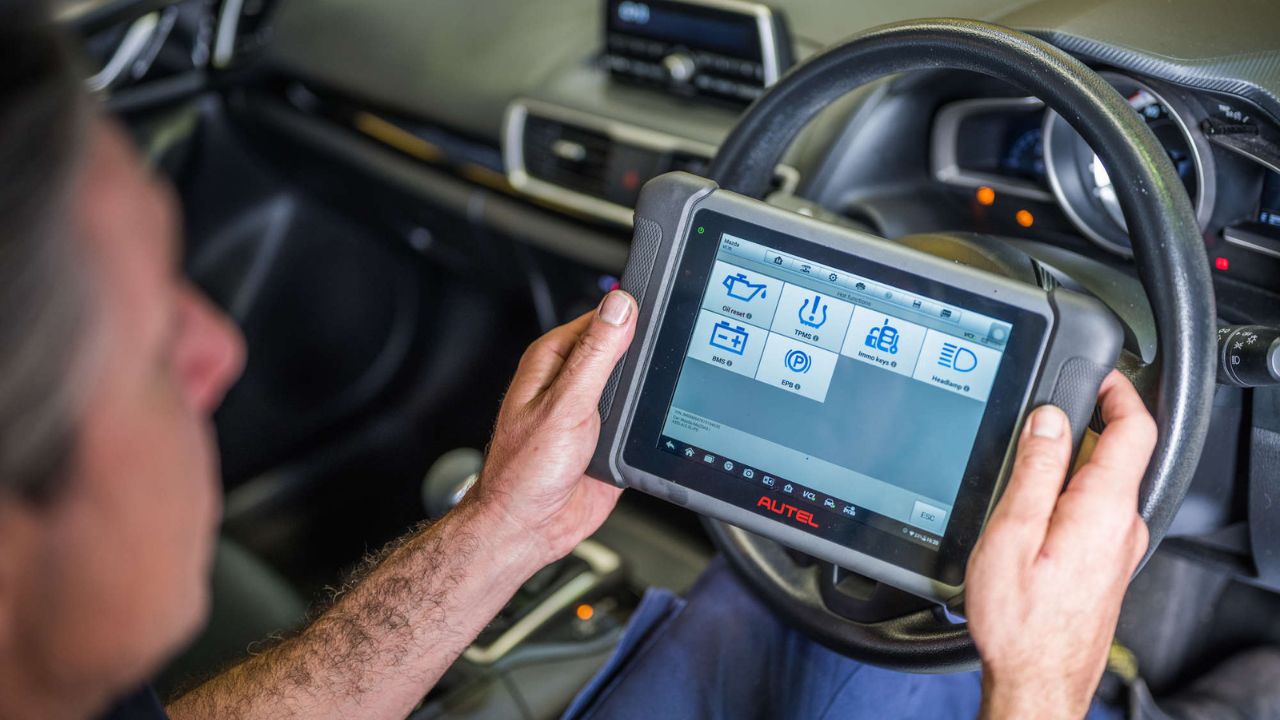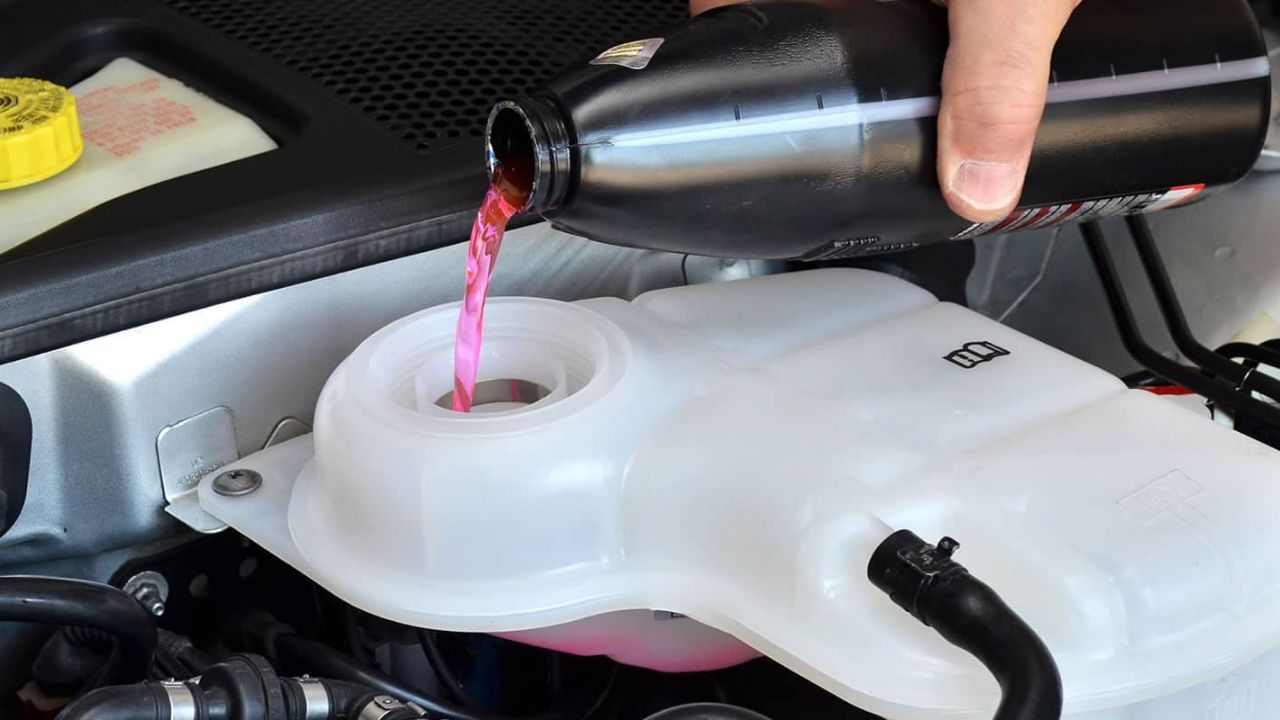How to Fix a Flat Tire: Step-by-Step Guide
How to Plug and Patch a Tire
Fixing a flat tire can be straightforward if you know the correct methods. When dealing with punctures, particularly from nails or screws, it’s essential to follow the appropriate steps for plugging or patching the tire. Here’s a detailed guide on how to do both effectively.
To Plug a Tire
Plugging a tire is a temporary solution ideal for punctures that do not compromise the tire’s integrity. Follow these steps for a proper tire plug:
- Locate the Puncture:
- Inspect the tire to find the puncture.
- Look for a small object (like a nail or screw) that may have caused the leak.
- If needed, use soapy water to spot air bubbles emerging from the hole.
- Remove the Object:
- Carefully pull out the object causing the flat using pliers or a similar tool.
- Be prepared for some air to escape quickly.
- Insert the Plug:
- Gather Your Materials: Ensure you have a tire plug kit, which typically includes plugs, a reamer tool, and an insertion tool.
- Prepare the Hole: Insert the reamer tool into the puncture to clean and enlarge it slightly for the plug. Twist the tool to ensure a snug fit.
- Insert the Plug: Take a rubber plug and insert it into the insertion tool. Push the tool into the hole until about two-thirds of the plug is inside the tire.
- Twist to Secure: Rotate the tool while pulling it out gently to ensure the plug is snugly fitted. Trim any excess plug material sticking out from the tire surface.
- Inflate the Tire:
- Check the Recommended PSI: Look for the manufacturer’s recommended PSI (pounds per square inch) for your tire, usually found on a sticker inside the driver’s door or on the tire itself.
- Inflate: Use a pump or air compressor to refill the tire to the recommended PSI.
- Inspect for Leaks: After inflation, spray soapy water on the plug to check for air leaks. If bubbles form, you may need to reinsert the plug or use a different method.
To Patch a Tire
Patching a tire is a more permanent repair method that involves sealing the puncture from the inside. This is recommended for larger punctures or if the tire has been damaged significantly. Here’s how to do it:
- Remove the Tire:
- Gather Your Tools: You will need a jack, jack stands, a lug wrench, and a tire repair kit.
- Loosen the Lug Nuts: Before lifting the vehicle, loosen the lug nuts slightly while the tire is still on the ground.
- Lift the Vehicle: Use the jack to lift the vehicle and secure it with jack stands.
- Remove the Wheel: Take off the lug nuts completely and remove the tire from the hub.
- Prepare the Puncture Area:
- Inspect the Inside: Check the interior of the tire for the puncture and other damages.
- Roughen the Area: Use a rasp tool (often included in patch kits) to scuff up the surface around the puncture. This helps the patch adhere better.
- Apply the Patch:
- Select the Patch: Choose a patch that is appropriately sized for the puncture. Patches come in different sizes; ensure it covers the hole adequately.
- Apply Adhesive: If your patch requires adhesive, apply a thin layer to both the patch and the prepared puncture area. Wait a few moments for the adhesive to become tacky.
- Press the Patch: Firmly press the patch onto the puncture, ensuring no air bubbles are trapped underneath. Hold it in place for a few minutes to allow it to bond effectively.
- Reinstall the Tire:
- Check for Leaks: Before reinstalling the tire, check to ensure no additional punctures are present.
- Reattach the Tire: Align the tire with the hub and screw on the lug nuts by hand.
- Lower the Vehicle: Use the jack to lower the vehicle back to the ground.
- Tighten the Lug Nuts: Once the vehicle is on the ground, use the lug wrench to tighten the lug nuts fully in a star pattern for even pressure.
- Inflate the Tire: Reinflate the tire to the manufacturer’s recommended PSI.
- Final Check:
- After the tire has been reinstalled, take a moment to inspect everything once more.
- If possible, take the vehicle for a short drive to ensure the repair holds.
Important Tips:
- Always wear safety goggles and gloves when working on tires.
- If you are uncomfortable with any part of the process, consider seeking professional assistance.
- Regularly check your tire pressure and inspect for punctures to prevent unexpected flats.
By following these detailed steps for plugging and patching a tire, you can ensure a safe and effective repair, allowing you to get back on the road quickly and confidently.



Post Comment